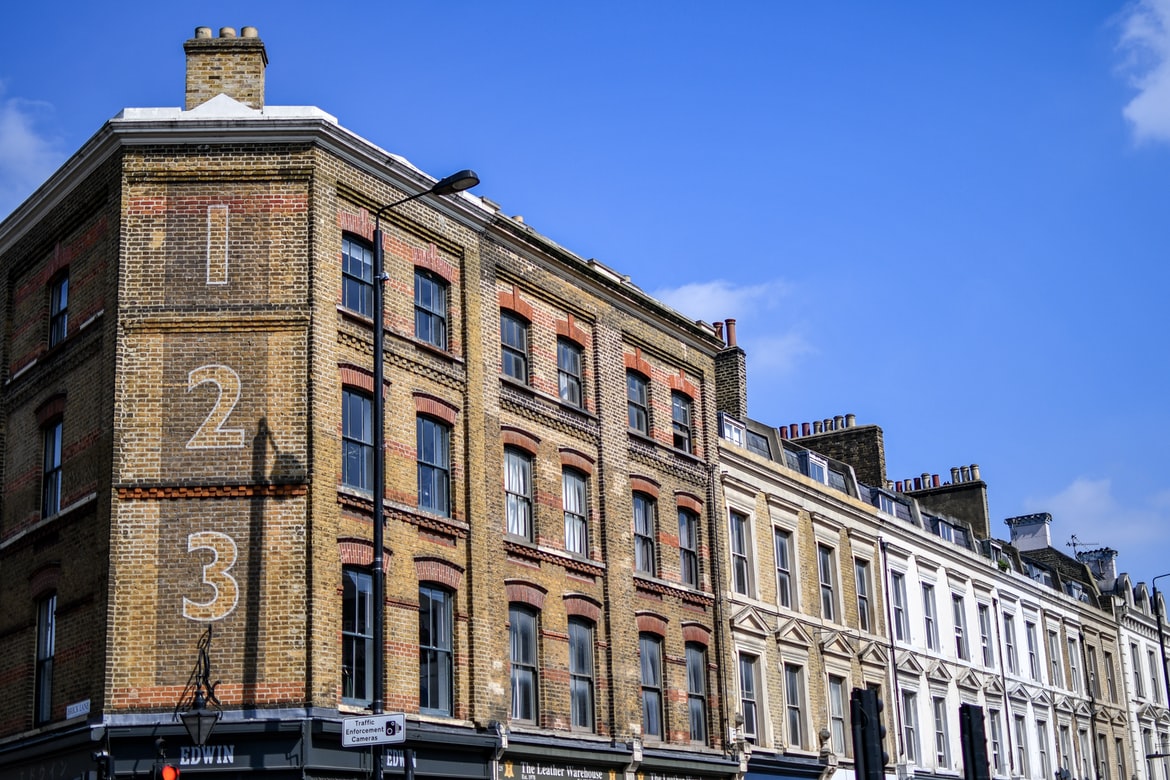Moving from the city to small town America may not be everyone’s cup of tea

Published Date 7/1/2024
The dilemma is as old as the hills, so to speak. City, suburb, or country? People have been moving around this country in search of greener grass, more room, or a different lifestyle for dozens of decades convinced they are making the right move. Often they are in for a rude awakening, as not all changes are pleasant ones.
Realtor’s Kiri Blakely tells the story of Joe Karasin and his wife, who moved from bustling Chicago to the tiny town of Bolivia, NC, to be closer to family. One thing he thought for sure? Cost of living would go way down compared to living in a big city.
Like many whose work became remote and moved during the pandemic, Karasin—who runs a marketing firm—wasn’t keen to leave Chicago’s conveniences and culture behind. But he was looking forward to having more space and saving on living expenses in Bolivia after observing so many of his family members appearing happy there.
“They moved out of their 1,300-square-foot, two-bedroom apartment overlooking Lake Michigan into a 2,000-square-foot, four-bedroom house with a yard,” says Blakeley. “That’s when they got their first inkling that this move might not save as much money as they’d hoped: Their new rent was $2,950 a month—which was $250 more than what they paid in Chicago.”
Then there was transportation. The couple also had to reclaim the car they had loaned to a family member whose lease payment was $400 a month, and the insurance ran to $120. “Based on housing and travel alone, Karasin and his wife were already paying $770 more per month to live in a small Southern town than in the country’s third-largest city,” says Blakeley.
They realized they may have made a serious mistake.
Blakeley says while urban dwellers often assume that moving to the suburbs or country will offer more space, more greenery, and more affordability, those who make the leap are often surprised to find that this conventional wisdom doesn’t always hold water.
“Though buying in the suburbs may translate to savings on housing, it is important to consider the whole picture if you are hoping to make a money-saving move,” says Realtor.com economic analyst Hannah Jones. “Depending on where you live, moving to the suburbs may or may not be the more affordable choice.”
On a price-per-square-foot basis, suburban homes are still an average 23.2% less expensive in these large metro areas. For example, in New York City, suburban homes were 49.5% less expensive overall, and 43.3% less expensive per square foot than homes in the metro’s urban core, she reports. Yet for smaller metro areas, the suburbs—and sometimes even the surrounding countryside—tend to be more expensive than the city.
Jones also says listing data shows that in 65 of the 100 largest metros, suburban homes were more expensive than urban homes but that was primarily due to their size. In particular, smaller metros in the Midwest tend to see much higher-priced homes in the suburbs than in the city. Blakeley points out how, for example, in Toledo, OH, homes in the urban core cost $114,144, while homes in the suburbs go for more than double that, at $299,569. Even homes in rural areas around Toledo cost more than those in the city, at $200,052.
If residents are not remote workers, another sizable cost of living in the suburbs and more bucolic rural settings is the work commute—which may very well involve owning a car, an expense often not needed in a city. “Many large cities offer efficient public transportation,” Jones points out. “The cost of commuting, whether via public transit or car, can be quite pricey and should be considered when evaluating a move to the suburbs.”
Despite all this, Karasin’s shock came not when he calculated commuting and car ownership expenses. “The car wasn’t the ‘aha!’ moment,” he says. “The utility bills were.”
Karasin was to find that he would need to cough up a $450 deposit to get their electricity turned on, as the home they chose to rent was part of an “electricity co-op.” That translated into electricity bills being significantly higher in Bolivia than they ever were in Chicago.
“I went from paying around $50 a month in Chicago to anywhere from $140 to $210, even in months where we didn’t run the AC,” he says. “The co-op would also constantly send emails like, ‘It’s peak usage, so try not to use so much electricity,’ even though it’s 97 degrees out and 110 degrees inside the house.”
When that mass migration took place during the COVID-19 pandemic and many Americans moved farther out from urban centers, it not only added upward pressure on home prices, which have not yet abated. It also began straining these sleepy towns’ infrastructures — such as now huge masses other than people having to deal with two-lane highways.
When experts try to help city dwellers pick farther-flung communities to move to, they warn that there might be curveball costs that an urbanite hasn’t considered, such as an annual fee to park at the commuter train station, or having to support not just one car, but two. Convenience? More time with the family? Think again. Factor in 40 minutes on the train, getting a seat on it, or finding a spot in the parking lot. Suddenly that 40-minute train ride turns into a headache. Now add in the expense of driving farther to grocery stores or even a decent restaurant and although longtime residents in these smaller towns may not complain, it’s a big upheaval to the recently transplanted city dweller.
“It was 20 minutes to the grocery store, 30 minutes to get to a vet, 45 minutes for any kind of entertainment,” says Karasin, who adds that he estimates he’s paid “thousands” of dollars in gas for the 10 months they lived in Bolivia. Looking back at his life in Chicago seemed downright idyllic by comparison — being able to go to Wrigley Field for a ballgame, or to the aquarium or a museum. “There is every kind of restaurant you want within walking distance. But in Bolivia, if you wanted a steak, it was 45 minutes for an average one. All the restaurants were just kind of OK. It was hard to justify the expense of driving to any of them.”
Karasin says their year long lease couldn’t end fast enough for them. Although they moved back North to Flint, Michigan, their ultimate goal is to return to Chicago.
Realtor, TBWS
All information furnished has been forwarded to you and is provided by thetbwsgroup only for informational purposes. Forecasting shall be considered as events which may be expected but not guaranteed. Neither the forwarding party and/or company nor thetbwsgroup assume any responsibility to any person who relies on information or forecasting contained in this report and disclaims all liability in respect to decisions or actions, or lack thereof based on any or all of the contents of this report.
NMA Home Loans is Licensed by the California Department of Real Estate under License # 01111689 and NMLS # 320740


































